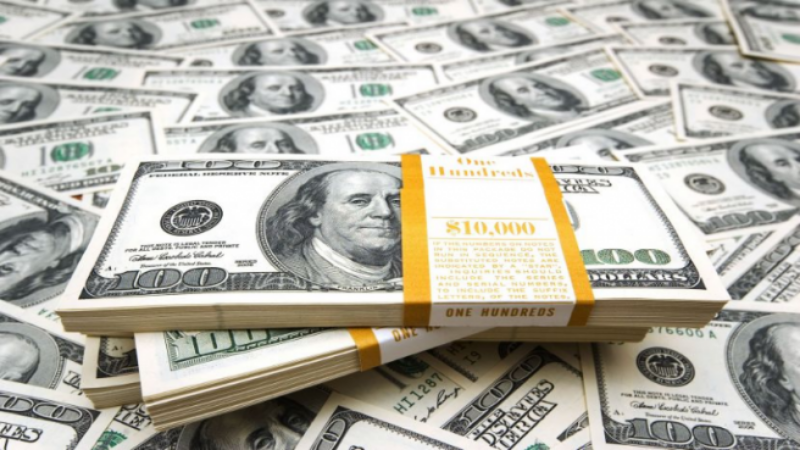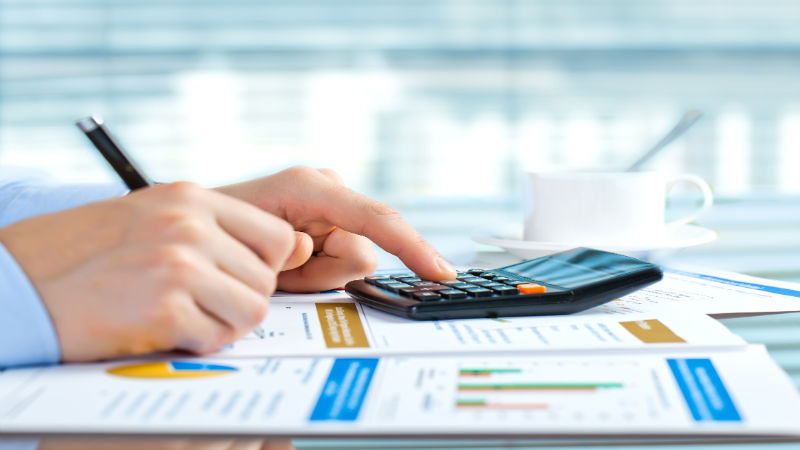It is important for leaseholders and commercial property owners of existing qualifying buildings to know that they too may be eligible for Section 179D tax deduction programs. In fact, any building that was upgraded or retrofit and now meets the energy reduction standards and went into service after the upgrades and between December 31, 2005 and January 1, 2014 may qualify for a tax deduction of up to the maximum amount of $1.80 per square foot.
The Big Picture
It is also critical to realize that you don’t have to achieve a full 50% reduction across the board on all three subsystems to qualify for the Section 179D tax deduction. The three subsystems, which are the HVAC system, the building envelope and the interior lighting can be considered separately and qualify for a partial deduction. There are also some projects that fall under the interim lighting rule where only the lighting energy reduction is considered.
Ideas and Examples
For those commercial property owners or leaseholders of non-government buildings you do need to have the entire subsystem within the building retrofit or upgraded to meet the energy savings. The Section 179D tax deduction is based on the entire building achieving those savings, not just one section or one floor.
Ideas and examples that would qualify for the Section 179D tax deduction if they reduced the energy use by the required percentage either overall or within the subsystem include upgrading insulation throughout the building to prevent heat and cold air loss. Another great example is to go to automated controls of the temperature and lighting that stabilize energy use and eliminate peak usage or using power when a room is vacant.
Other examples can include using highly energy efficient furnaces, water heating systems and air conditioner units. It may also include using natural ventilation and even natural lighting to limit the use of electricity or fossil fuels to run blowers, fans or overhead lights.
There are many different ways to upgrade a current commercial building, or a government building, to make it more energy efficient. This would allow the leaseholder, property owner, or a designated firm or company in the case of a government building, to successfully apply for a Section 179D tax deduction. For more information continue reading.


